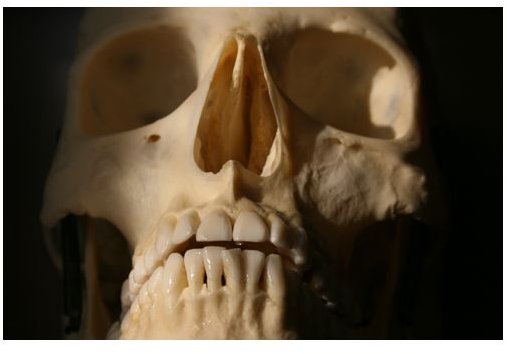Learn About Post-Mortem Photography, or Photographing the Dead
Post-mortem photography is exactly as it sounds: photography of the dead. Over the years, this art form has been used for different purposes, from reflective portraiture to photojournalism and documentation to exploitive images of the gruesome and grotesque. Why would this art form develop, you might wonder. Humankind has always had a fascination with the morbid, finding it useful as a reminder of our own mortality. From Hamlet’s soliloquy on Urich to the Buddhist monk, who sleeps among the dead to realize the true nature of existence, an intimate marriage between life and death is ever present. Post-mortem photography was simply an eventuality once photography was invented.
Photographing the Dead: The Early Years
Post-mortem photography became popular among the wealthier classes shortly after the invention of the daguerreotype in 1839, during the Victorian age. It was a way to preserve the memory of a deceased person in the way he or she liked to live. Typical poses for these photos often took the form of relaxing or sleeping, often with a favorite toy or sibling, in the case of a child. Adults were also often shot in repose.
Some photographers were more inventive, using stiff wires and wooden frames to pose the decedent in creative ways. Makeup artists were used to make the corpse look more lifelike, sometimes even drawing eyes on closed eyelids.
All in all, the styles of this period ranged from contemplative to almost seeming to preserve the life of the deceased, to capture a moment by then bygone – the sweetness of a child or the gathering of an entire family, one of them already departed but made to look alive.
In Repose: Caskets and Realism

As the Civil War dawned on the American, landscape, photography began to be used as a more documentary tool rather than merely decorative. Matthew Brady’s photos of Civil War dead were some of the first war images ever recorded and showed the horror, death and destruction of war.
This came at a crucial time in American art and literature, known as the Realistic Period, which was typified by the realization and depiction of the powers of nature and other forces uncontrollable by mankind. Post-mortem photography in this period was more likely to show subjects in more traditional funeral scenes, with caskets and sometimes flowers.
Post-Mortem Photography in Journalism
The journalistic use of macabre images was forwarded by the famous photographer Weegee (born Arthur Fellig), who fit in well during the era of film noir. He is best known for photographing crime scenes and even was reported to get to the scene before the police, giving him time to move the bodies into a more interesting arrangement for his purposes.
Moving bodies was not an innovation started by Weegee. In 1945, at the end of the Second World War, Benito Mussolini and his mistress, after being killed and subsequently beaten to a pulp by angry subjects of Mussolini’s tyranny, were photographed extensively as proof of his demise. One photographer at the morgue assisted in placing the bodies in what would otherwise be a sweet portrait pose, with interlocked arms and her head on his shoulder. The image is too disturbing and graphic to be displayed or even linked here.
Present-Day Post-Mortem Photography

The artistic aspects of post-mortem photography have waned considerably since the advent of inexpensive cameras and smaller-format film. Now anybody with a Brownie Hawkeye or digital camera can take a photo to document the dead. The practice has gone away from a vocation for true artisans and has become, more recently, a method to document the gruesome aspects of existence.
A number of sites are online that specialize in photos of the grotesque. One of them, Dan’s Gallery of the Grotesque (now offline), was an early website dedicated to showing images of death in various ways, including murder, suicide, disease and other methods as well. Many more sites have followed on Dan’s heels. It seems almost an accident that Dan was first out of the gate with this type of show, following on the heels of the pre-Internet Faces of Death videos. It was almost a pre-ordained eventuality that someone would get the idea to show images of death online, and although technically post-mortem photography, this sort of image gallery is as exploitive as a modern-day freak show, incorporating none of the artistic elements adopted at the birth of the practice.
References
Wikipedia: Post-Mortem Photography
The Seventh Sense: More Post-Mortem Photography
mental_floss on Post-Mortem Photography
Photos:
